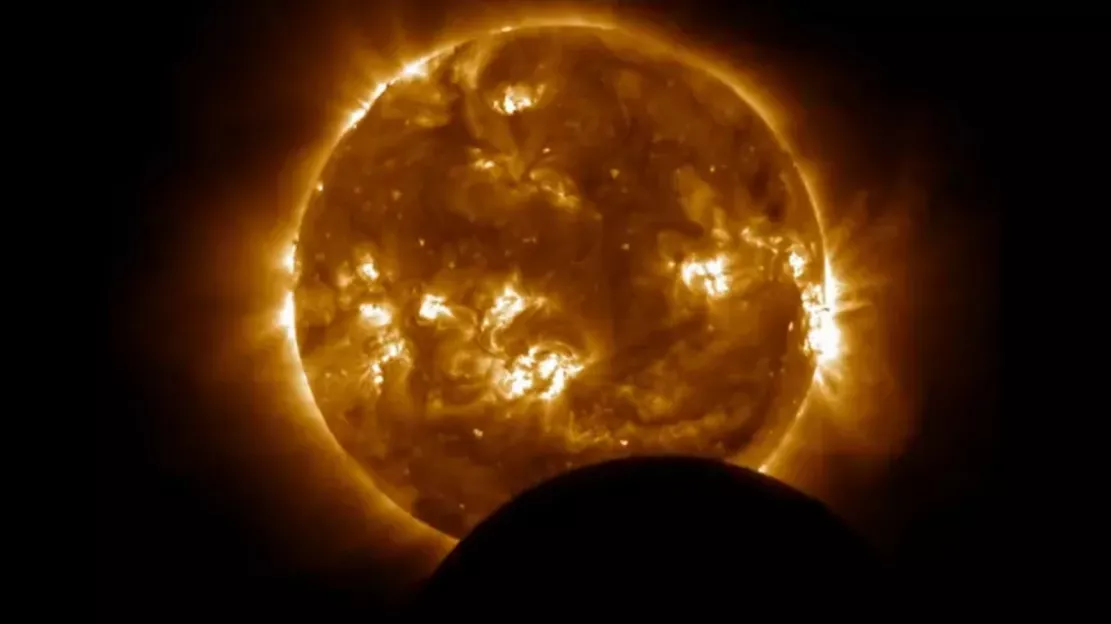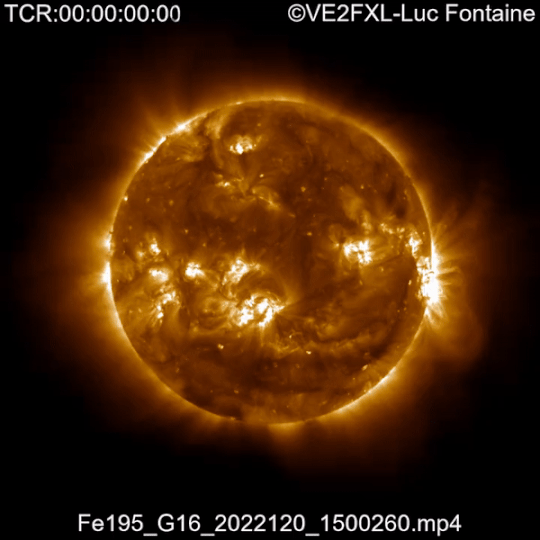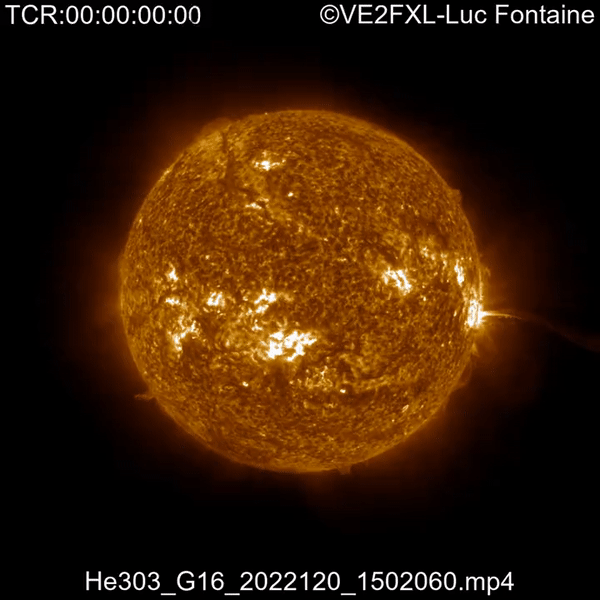Over The Weekend, A Partial Solar Eclipse Took Place In Parts Of South America And Antarctica. For People On Earth, This Is A Narrow Observation Area, But The National Oceanic And Atmospheric Administration (NOAA) Goes-16 Satellite Can Well Observe This Lovely Celestial Event.
Goes-16's Solar Ultraviolet Imager, Also Known As Suvi, Is A Telescope Staring At The Sun. It Is Responsible For Observing The Activity Of Our Nearest Star. It Helps To Study And Predict Space Weather Events That May Have An Impact On The Earth. Meteorological Satellite Enthusiast Luc Fontaine Shared The Picture Of Suvi Solar Eclipse On Twitter.
Goes-16 Can See The Sun At Multiple Wavelengths, So Fontaine Released A Slightly Different View Of Action.
There Are Two Eclipses This Year, Both Partial Eclipses. This Means That The Moon Is Not Completely Blocking The Sun.
The Satellite Observing The Sun Has Been Busy. Our Star Has Recently Felt Very Excited, Spewing Out A Lot Of Energy - Including The Strongest Solar Flare In Nearly Five Years. The Second Solar Eclipse In 2022 Will Come On October 25.





